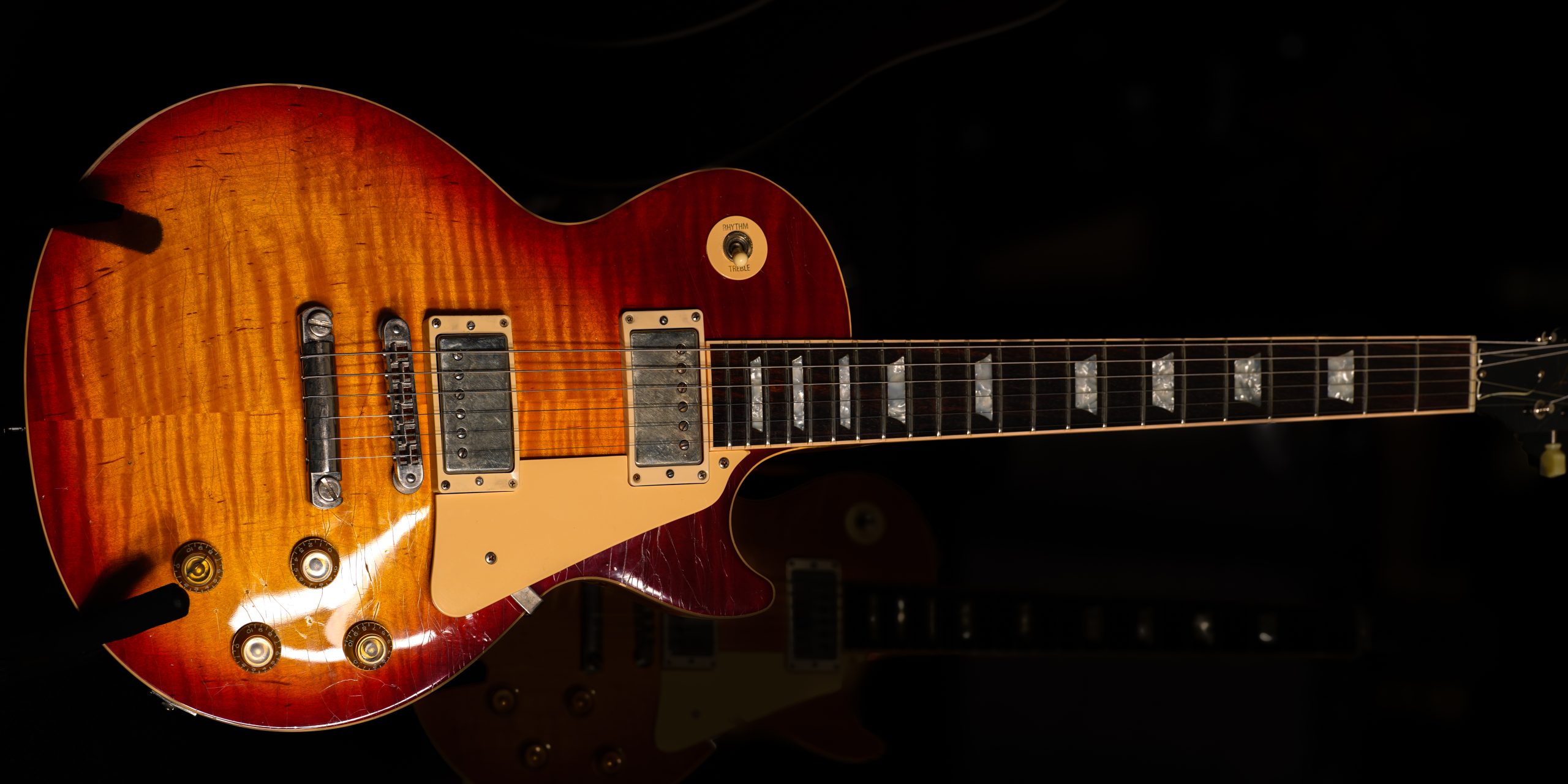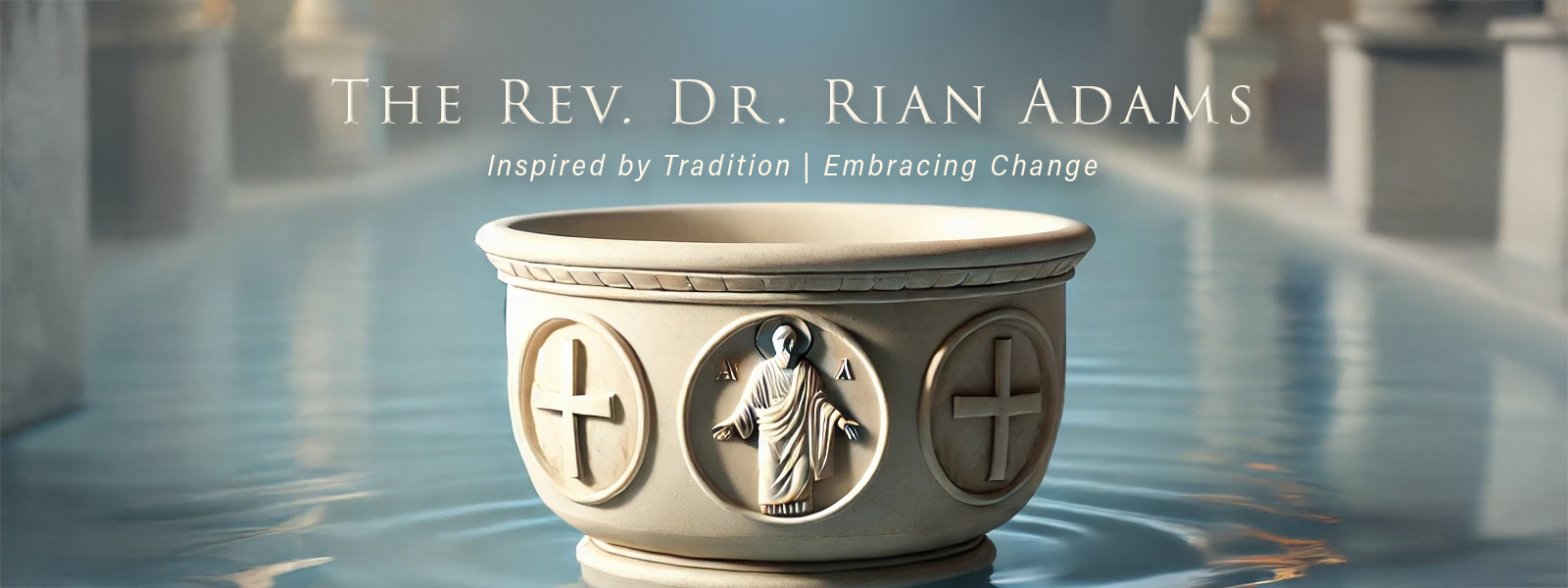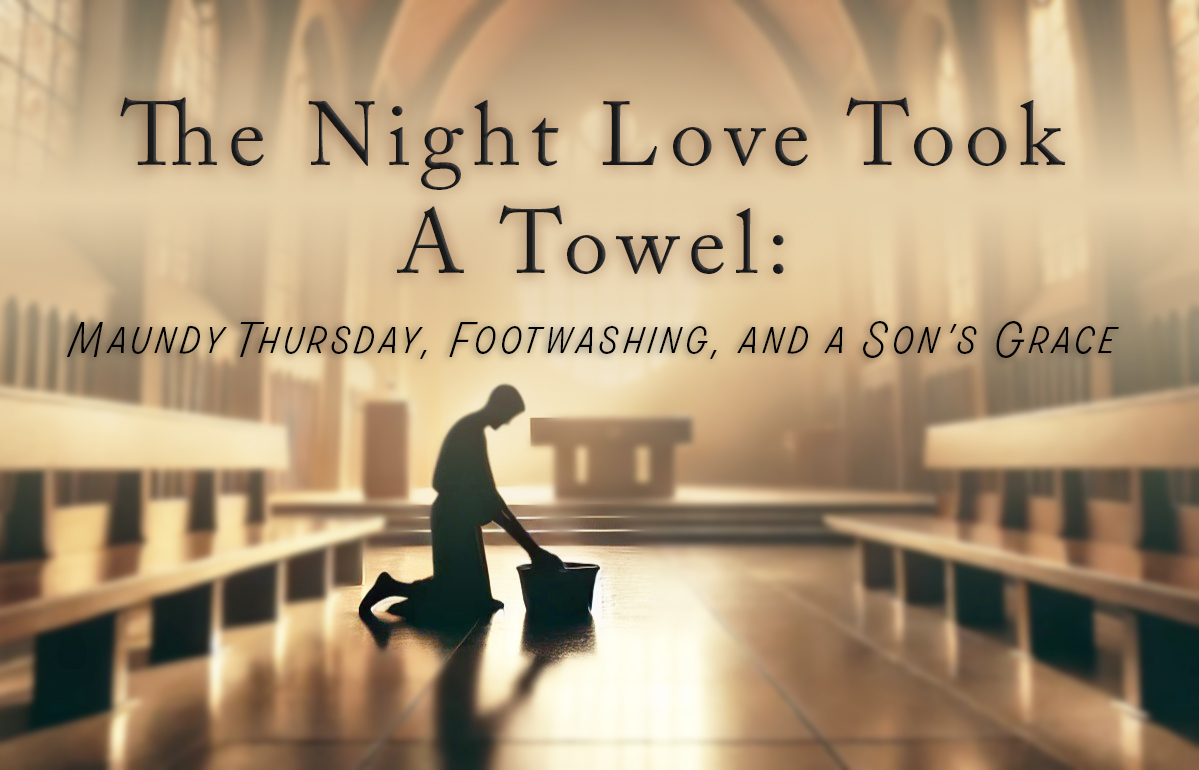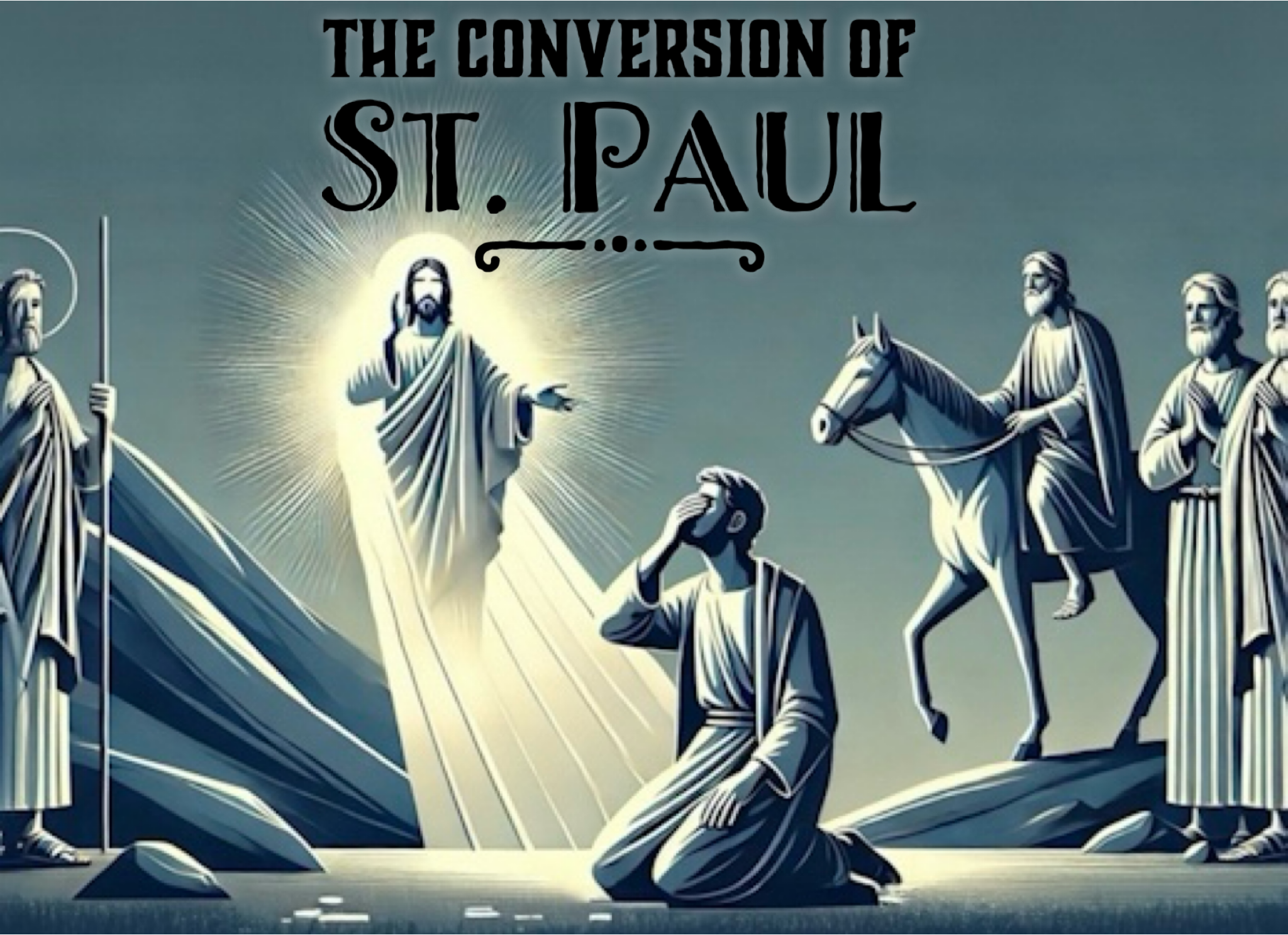The Broken and the Beautiful: A Les Paul’s Lessons on Scars, Redemption, and Tone

She Broke, She Rose, and She Found the Tone She Was Meant to Have
A photograph is an odd thing because it captures a sliver of time and reduces it to a moment’s stillness. It takes the beauty of personal experience and presses it flat. It steals the scent of the air, the murmur of the world, and the warmth of touch. What lingers is only an echo—a time capsule frozen mid thought—of a hand curled around the wood and wire of a guitar neck and the burnished glow of nitrocellulose lacquer. But, if compelling enough, a photo stirs something in the mind, the heart even, that invites curiosity. That’s when questions come up: What’s the story? What roads did this instrument travel? Recently, after sharing a photograph of my guitars online, a particular one has sparked more than a few inquiries.
Her name is August.

On paper, she is a 2002 Gibson Les Paul, a reissue of the legendary 1959 Standard—the guitar that redefined rock and blues. Page conjured storms with it, Clapton made it weep, Bloomfield set it ablaze, and Bernie Marsden, with his famed ’59, The Beast, gave us Here I Go Again. Kossoff, Duane, Slash, Bonamassa—their hands, their souls, etched into its frets. By spec sheets alone, August should be near perfection. After all, 2002 was a golden year for Gibson’s reissues, a return to the hallowed precision of the late ’50s sunburst Les Pauls. To top it off, she’s hot-rodded with Seymoure Duncan Antiquities PAF pickups. But guitars, like people, are never just their credentials. August has been something else entirely—an unspoken witness to my life, a survivor of calamities that tore her apart and left her in fragments. She is a companion who speaks with a voice beyond language, expressing feelings that words can only envy. But more than that… she stands as a testament to the sacred art of brokenness, a theology whispered through cracks and scars.
She has tasted gravity’s violence and endured the clumsy accidents of time and chance. Dents and scratches, rakes and dings—each a scar is a secret story known only by me. The imprint of a pedal board lingers like a ghostly fingerprint, a silent testament to some long-forgotten chaos. You see, she has never been a case queen, coddled in velvet and untouched by risk. She lives life in the open and only sees her case when traveling to and from places she plays. And this is where I know her best… she has broken—truly, utterly broken—not once, but again and again. Yet still, she sings.
Once, she lay in three shattered pieces, her body flayed by decent down metal stairs before a gig, splintered and begging my tears to bring resurrection.
A Guitar’s Journey: From California to the Coast of Georgia

August’s official birthday is… August 28th, 2002, and we first met shortly after. I was younger then, more foolish in some ways, more fearless in others. She was still pristine, factory-fresh, her flame maple top gleaming, her deep red sunburst unmarred by time. Together, we played where the Spirit moved wild and unchained in Pentecostal churches thick with sweat and urgency. She thundered through military chapel services where black gospel harmonies lifted high the sound of redemption and freedom. She’s sung low with smooth reverb under bar lights where broken men sipped their whisky and nurtured their sorrows and sins. And recently, she was even invited into an Episcopal church to play preludes.
From Los Angeles to an island off Georgia’s shore, August has traveled every chapter with me. Her preference is tube amps–Fender, Marshall, and Vox. She’s even played through the Holy Grail, a Dumble Overdrive Special (don’t bother googling originals; the price would scare you). She has known holiness and hedonism alike—and like all great instruments, she has belonged to both; she is, after all, mine.
Three Breaks and a Resurrection
At this point, any self-respecting vintage guitar aficionado might ask: If she’s such a cherished instrument, why on earth has she been broken multiple times? The short answer: the pull of the earth. The long answer is hubris, clumsiness, and the occupational hazards of a life in motion outside the case.
The first fall was a catastrophic headstock break—the Achilles’ heel of any Gibson. She was young then. It was the kind of break that makes a grown man tear up, and it’s the sort of thing that drops the instrument’s market value faster than a bishop’s scandal empties pews and offering plates. But here’s the strange thing: before the break, August never quite sounded right. She was fine, but fine isn’t what you want from a guitar like this. Then, after a proper repair, something changed. The resonance was… different. The sustain stretched longer. The tone had a richness that wasn’t there before. August sounded like… an older guitar.
Then came the second break. Different place, different cause, same result. And then, unbelievably, a third. By this point, conventional wisdom would suggest that August should be a pile of expensive firewood. Instead, she has bloomed into an instrument that rivals a Les Paul I own that’s much older than her. After her deaths and resurrections, she has never sounded better.
The Theology of Scars
It is here that the lesson emerges—one that ought to be obvious to those of us who claim to believe in grace but often forget what it costs. In the hands of a master luthier, a broken guitar does not merely regain its function; it becomes something more. The wood fibers, once shattered, are now fused with new strength. The breaks, when properly repaired, become the source of an instrument’s resonance. The scars do not diminish the sound; they enrich it.
And so it is with us.

We live in a world obsessed with perfection, with the illusion of the unbroken. Churches, especially the prim and proper ones, often present a polished façade with their hymns in well-rehearsed harmony, hiding their fractures beneath layers of liturgical formality. But the truth is that every one of us is cracked. We all bear the marks of our own falls—some visible, some hidden, some polished over and only visible to the discerning eye.
The question is never if we will break, but when. Life, with all its weight and gravity, will crack us, splinter us, wear us thin. The real question is this: When the fractures come, will we place ourselves in the hands of the craftsman who can put us back together—not as we were, but as something deeper, stronger, transformed by the breaking?
There is a reason Christ, risen in glory, still bore His scars. He did not conceal them. He did not erase them. He displayed them—hands outstretched, wounds visible, the evidence of love… a love that suffered, a love that endured, a love that overcame. His scars were not a sign of defeat but the very proof of victory, the marks of sacrifice that made redemption possible. If even the Christ—perfect, divine—chose to keep the wounds of His suffering, perhaps our own scars, too, are not blemishes to be ashamed of, but sacred testimonies of the battles we have survived, the grace that has sustained us, and the hands that are still shaping us into something new.
The question is not whether we will break but whether we will place ourselves in the hands of a craftsman who can put us back together.
The Beauty of Imperfection
August’s body tells this story in finish-checking and fractures. Her lacquer, once glossy and smooth, now bears the fine webbing of age—tiny cracks formed by years of expansion and contraction, of heat and cold, of movement and change. Some guitarists chase this look artificially, paying extra for relic’d instruments that mimic the wear of time. But August’s imperfections were earned the hard way.
And, perhaps, so were mine.

I have played before crowds and in solitude. I have known the exhilaration of a well-executed solo and the humiliation of sweat-slick fingers slipping off the fretboard at the worst possible moment. I have seen faith as a roaring fire, and I have seen it as a flickering candle barely holding on against the wind. But through it all, through every fall and every repair, I have found this true: I am better for my brokenness. Brokenness doesn’t have to bring shame; it can bring beauty and creativity.

I have known what it is to break—not just in music, but in the marrow of my soul. To shatter under the weight of grief, to watch the world unravel in the long shadow of a pandemic, to bury my brother after his murder, to preside at the funeral of my father after a heart attack, to watch one of my mentors, the bishop of Auckland New Zealand slowly slip away from bone cancer over Zoom. To watch my grandfather go through chemotherapy, to have a melanoma removed from my back, to carry unspeakable family loss into a Christmas Eve service, whispering words of hope while my own heart felt like it was unraveling—all in the short span of 18 months. That’s when I experienced some religious people who struggled to believe that a priest could bleed. My brokenness was not something they could hold as sacred; instead, it unsettled them. Perhaps they mistook grief for weakness, or perhaps they had simply never learned how to sit with suffering. Either way, there was no patience to wait for the glue to dry.
Worse still, my son watched it all. At thirteen, he saw people who spoke of Christ’s love struggle to extend it to his family—his father—when it was needed the most. It broke something in him—his faith in the church crumbled. But grace has a way of finding us, even in the wreckage. Another church, another place, another people—ones who lived the love of Christ—took him in, showed him something real, and slowly, his faith was restored.
As I watched his faith mend—and mine, in ways I did not expect—I came to a stark and shattering realization: brokenness is never the end. If music has taught me anything, if faith that’s untamed and unvarnished has carved one truth into my soul, it is this: Ruin is not our final state. The hands of the craftsman are unwavering. The cracks, the scars, the fractures—they are not deformities to be hidden; they are the markings of the remade. They do not diminish us. They make us true.
A Final Note

So, to those who asked about the guitar in that photograph, August is not simply an instrument. She is a witness to my life, a companion in sound and silence, and a relic of grace. She has been broken, but she has been made whole. After her brokenness, she sounds like a 1959 Sunburst Les Paul.
And if you, like me, bear your own scars—visible or unseen—take heart. You may not sound right until after the break. But in the hands of God, your imperfections will not only be mended; they will become the very thing that makes you sing with a louder voice.
So, my friends, play ’em if ya got ’em! Crank the amp of your soul and let your heart create music… the music of hope, resurrection, and love.
Related Posts
The Night Love Took A Towel
There’s a sacrament we almost forget. It doesn’t shimmer with stained glass or…
April 16, 2025The Feast of the Conversion of St. Paul: A Complicated Saint and the Mysteries of Tradition
St. Paul’s conversion is one of the most dramatic in Christian history, but his…
January 25, 2025

